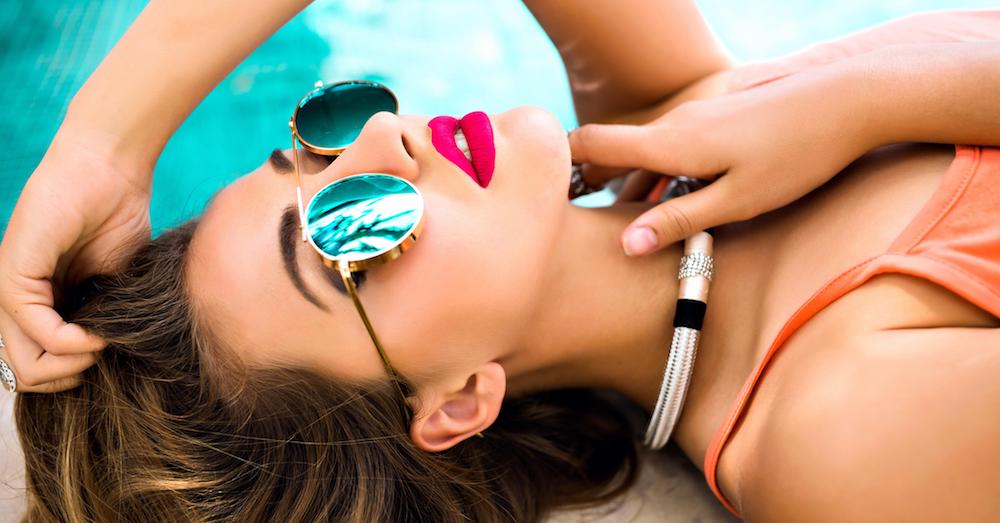Prepare for Summer: Maximize Your Antioxidant Intake!
Multiple scientific studies demonstrate the involvement of oxidative stress in the pathophysiology of premature aging, particularly at the cutaneous level.
The skin, being the most extensive and vulnerable organ, is most susceptible to the harmful effects of various environmental factors that can promote the production of reactive oxygen species (ROS). These factors consequently lead to the development of multiple cutaneous conditions and aesthetic concerns (e.g., wrinkles, hyperpigmentation, skin tumors, etc.). The extent of damage caused by these free radicals depends not only on the nature and quantity of the species involved but also on the bioavailability of antioxidants in the skin.
Among the major factors capable of generating high quantities of oxidizing species, ultraviolet radiation plays a primary role. UV rays can attack all molecular components of the skin. Specifically, ROS generated following UV irradiation readily react with multiple proximate molecules and structures (carbohydrates, lipids, proteins, nucleic acids), damaging them and often compromising their function. Furthermore, by reacting with other molecules, they can self-propagate by transforming the targets themselves into free radicals, triggering chain reactions that can cause extensive damage to the dermis and epidermis. This explains why UV rays and free radicals constitute the most significant factors in cutaneous damage.
How Can We Defend Against Oxidative Stress?
Protection against the harmful effects of ROS primarily relies on antioxidants: substances normally present in cells that can prevent or slow their formation. However, with advancing age, radical generation exceeds the defensive capacity of antioxidant systems, and ROS toxicity begins to manifest, causing significant damage. Hence, it becomes important to supplement antioxidant defenses with particularly effective substances in counteracting oxidative stress, such as glutathione, vitamin C, vitamin E, vitamin A, beta-carotene, lycopene, polyphenols, and certain trace elements like zinc, copper, selenium, etc.
For this purpose, patients preparing for sun exposure are strongly advised to undergo a series of antioxidant infiltrations that enrich and nourish the dermis, aiding in defense against free radicals, preventing or mitigating signs of skin aging while providing elasticity, tone, hydration, and firmness. This protocol involves small, painless injections into the superficial dermis of the face, neck, décolleté, and hands, and is suitable for all skin types and patients of all ages.
